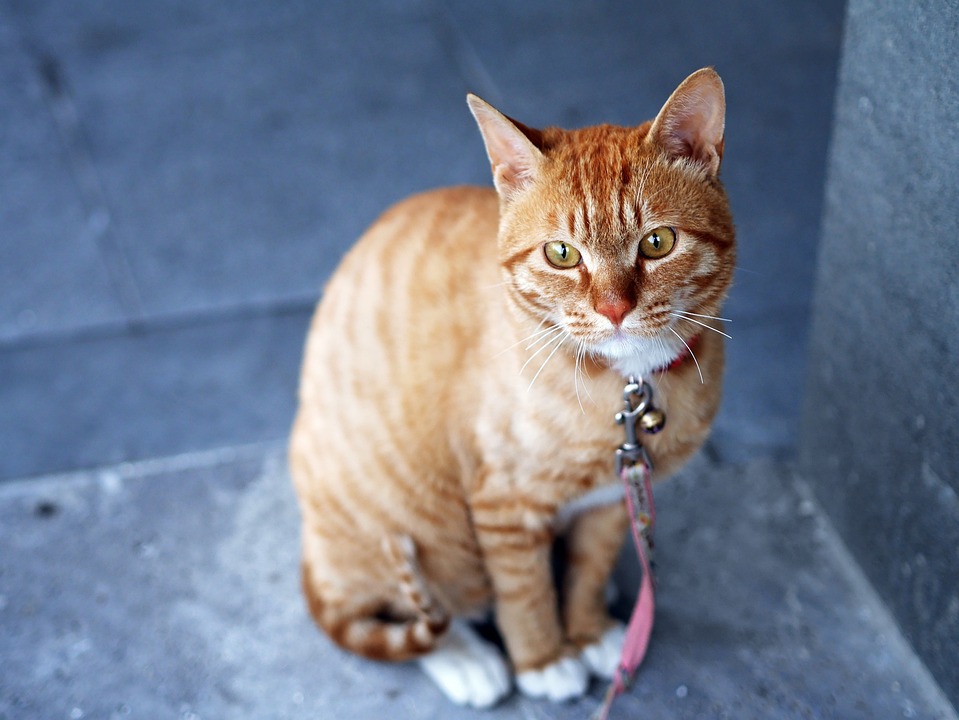Cats, just like humans, are susceptible to respiratory infections that can cause discomfort and distress. As a responsible cat owner, it is crucial to be aware of the signs and symptoms of these infections, as early detection and treatment can help your feline friend recover faster. In this article, we will discuss the common signs and symptoms of cat respiratory infections and provide useful information to help you better understand and care for your cat’s respiratory health.
Understanding Cat Respiratory Infections
Cat respiratory infections, also known as feline upper respiratory infections (URI), are quite common and can affect cats of all ages. These infections are typically caused by viruses or bacteria and they primarily affect the nose, throat, and sinuses of cats. URI can spread quickly and easily, especially in multi-cat households or crowded environments such as shelters.
Common Signs and Symptoms
1. Sneezing and Nasal Discharge: One of the most common signs of a respiratory infection in cats is frequent sneezing. You may notice your cat sneezing more than usual, and they may have clear or colored nasal discharge. If the discharge becomes thick, cloudy, or contains blood, it is essential to seek veterinary attention immediately.
2. Coughing and Wheezing: Cats with respiratory infections may develop a dry, persistent cough or wheezing sounds. These symptoms indicate inflammation and irritation in the respiratory tract.
3. Congestion and Difficulty Breathing: Respiratory infections can cause congestion and make it difficult for cats to breathe normally. You may notice your cat breathing rapidly or with their mouth open. In severe cases, they might show signs of respiratory distress, such as gasping for breath or bluish gums.
4. Reduced Appetite and Lethargy: Cats with respiratory infections often experience a reduced appetite and may show decreased energy levels. They may seem less interested in their favorite activities and prefer to rest or sleep more than usual.
5. Watery or Red Eyes: URI can also affect the eyes, causing watery discharge, redness, and squinting. Conjunctivitis, an inflammation of the eye’s lining, is a common secondary symptom of respiratory infections in cats.
6. Fever: Cats with respiratory infections may develop a fever, which can be detected by feeling their ears or paws. If your cat’s temperature exceeds 102.5°F (39.2°C), consult your veterinarian for further guidance.
FAQs about Cat Respiratory Infections
Q: Can cat respiratory infections be prevented?
A: While it is challenging to completely prevent respiratory infections, there are several measures you can take to reduce the risk. Ensure your cat is up to date on vaccinations, provide a stress-free environment, practice good hygiene, and avoid exposing your cat to sick cats.
Q: How are cat respiratory infections diagnosed?
A: If you suspect your cat has a respiratory infection, it is best to consult a veterinarian. They will perform a physical examination, evaluate the symptoms, and may recommend additional tests such as blood work or nasal swabs to determine the underlying cause.
Q: Are respiratory infections in cats contagious to humans?
A: Most respiratory infections in cats are not zoonotic, meaning they do not typically spread to humans. However, some viruses, such as the feline herpesvirus, can pose a low risk to immunocompromised individuals. It is advisable to consult your healthcare provider if you have concerns.
Q: How can I help my cat recover from a respiratory infection?
A: Follow your veterinarian’s recommendations for treatment, which may include antibiotics, antiviral medications, supportive care, and keeping your cat comfortable. Ensure your cat has access to fresh water, provide a warm and clean environment, and encourage them to eat by offering palatable and nutritious food.
Q: When should I seek veterinary care for my cat’s respiratory infection?
A: It is important to contact your veterinarian if your cat’s symptoms worsen, if they have difficulty breathing, if they stop eating or drinking, or if they show signs of dehydration. Prompt veterinary attention can help prevent complications and aid in your cat’s recovery.
By familiarizing yourself with the signs and symptoms of cat respiratory infections, you can take proactive steps to ensure your cat’s well-being. Remember, early detection, proper veterinary care, and a supportive environment are key to helping your feline friend overcome respiratory infections and return to a healthy and happy life.








